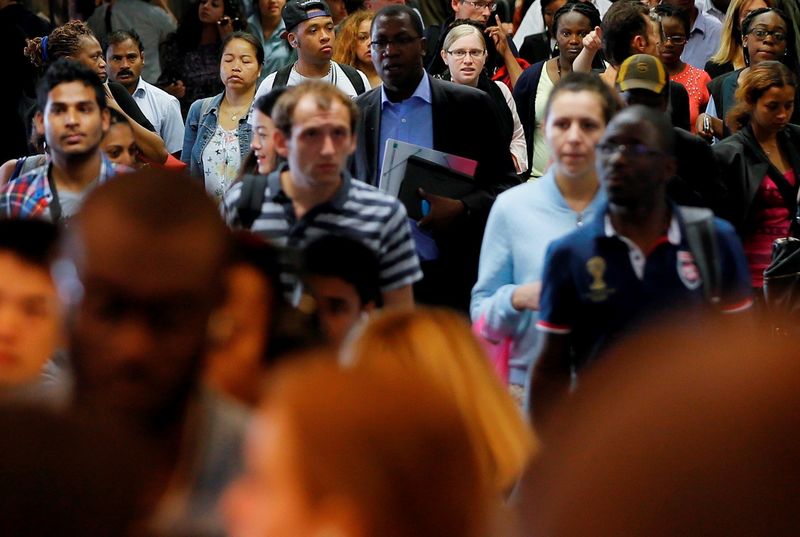 © Reuters. How is time measured in space? The European Space Agency wants to determine the lunar time
© Reuters. How is time measured in space? The European Space Agency wants to determine the lunar time“One small step for man, one giant leap for mankind.” When American astronaut Neil Armstrong uttered this famous phrase on July 21, 1969 after becoming the first person to set foot on the surface of the moon, it was 10:56 p.m. in Houston. It’s 05:56 in Paris. 07:56 in Moscow. 1:56 pm in Tokyo. But what time is it on the moon?
More than five decades later, the European Space Agency (ESA) said it was urgent to answer that question.
This week, it was reported that space organizations around the world are considering the best way to set a “common lunar reference time,” an idea that was already outlined in November last year at a meeting in the Netherlands.
“A joint international effort to achieve this is now being launched,” said Pietro Giordano, a space agency navigation systems engineer.
But the logic that clocks follow on Earth cannot be applied outside the planet. Euronews interviewed Francisco Diego, an astronomer at University College London, in order to better understand how time is measured in space.
What is the earth hour on the moon?
On Earth, time is measured in relation to the motions of rotation on its own axis that define night and day—a full cycle is 24 hours—and the translation around the sun that defines years.
But the lunar cycle doesn’t work like that.
“While the moon rotates at the same time as it describes its orbit, the lunar day lasts 29 and a half Earth days. Therefore, on the moon we can see sunrise and sunset in a period of 14 days,” explains This. Francisco Diego.
“So determining that time will also be important because it will be based on the sun’s height above the horizon,” he adds.
Another challenge is working the hours.
The European Space Agency explains that it beats faster on the moon: it gains about 56 microseconds, or millionths of a second, per day. This is because they slow down in stronger gravitational fields, such as those of Earth.
How do you measure time on the moon?
The European Space Agency proposes internationally agreeing on a frame of reference “similar to the role played on Earth by the International Terrestrial Reference Frame, enabling a consistent measurement of precise distances between points across our planet.”
Francisco Diego agrees that a logic of measurement should be followed similar to that of Earth’s longitudes or time zones.
“It would be necessary to base it on the central meridian of the Moon, which I think is the zero latitude, the latitude that corresponds to the vertical line that appears when the Moon is in the waning quarter or first quarter,” explains This. astronomer.
“And from there the time zone will be measured in degrees, but based on the altitude of the sun and so people can perceive solar time at that moment.”
What time is it on the International Space Station?
If there are people who really know how they should look at the clock and organize their time in space, it is the astronauts who live on the International Space Station (ISS).
However, despite orbiting about 354 kilometers above the surface, they follow a terrestrial time zone, specifically, the coordinate of Universal Time (UTC) or the Greenwich Prime Meridian, halfway between Houston and Moscow.
This has its drawbacks. “The International Space Station has a 90-minute day,” says Diego. “They see the sunrise and sunset 16 times in one day, in a 24-hour period.”
But it is the most practical measure yet, to maintain communications with Earth.
Who will decide the lunar time?
In 1884, an international conference sponsored by the United States was held in Washington to decide “the meridian to be used as the common zero of longitude and the standard for calculating time throughout the world.”
The result was the recommendation of the Greenwich meridian, which passes through the Royal Observatory in London, in the United Kingdom, as the international standard for zero degree longitude.
The European Space Agency also wants an international agreement to define a method for measuring lunar time.
“These are very dangerous missions that require a lot of help from all countries and we have to go as united humanity, exploring space with the same regulations,” Diego explains.
The astronomer believes that this type of agreement should be formulated in the 1967 Space Treaty signed by the United Nations, which includes how to carry out the tasks of exploring and using the moon.
Why is it urgent to determine the time on the moon now?
The Moon is once again at the center of the European Space Agency’s space exploration efforts Dozens of lunar missions are planned in the next decadeIncluding building bases on its roof.
“One of them is the need to maintain communication between the Moon and the Earth on all of these missions, as there will need to be agreement on Greenwich Mean Time,” Diego explains.
“But on the other hand, once we already have many missions in orbit around the moon from different countries, communication with Earth moves into the background and then becomes something more independent and that’s where lunar time will be very important.”
“Once we have established an operating time system for the Moon, we can continue to do the same for other planetary destinations,” the ESA statement concluded.

“Beer enthusiast. Subtly charming alcohol junkie. Wannabe internet buff. Typical pop culture lover.”
